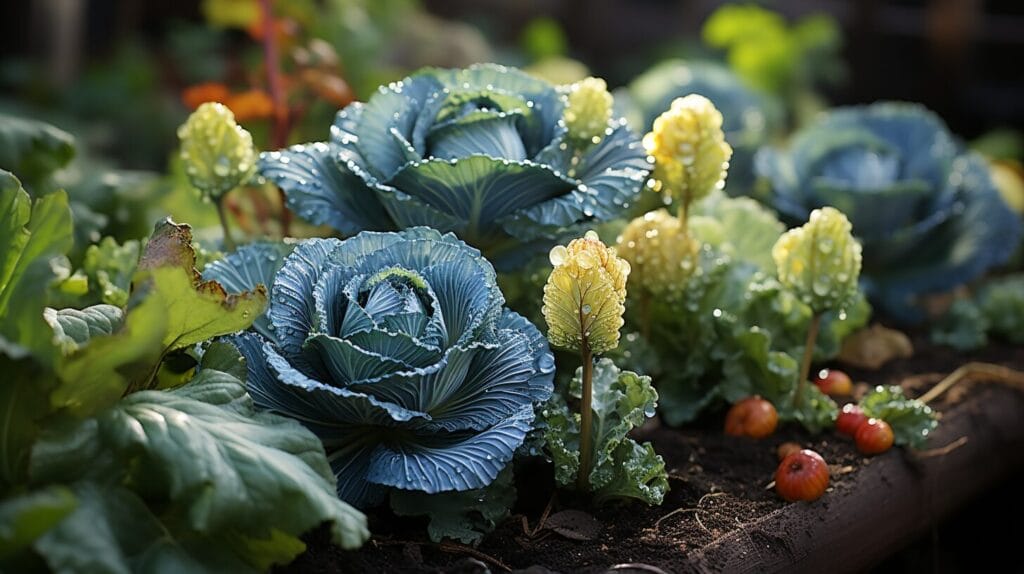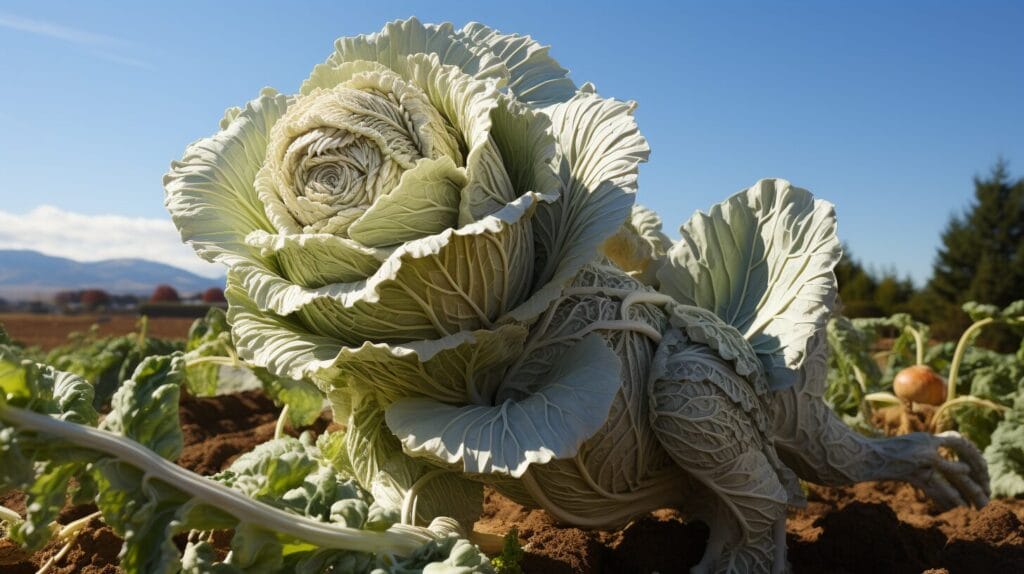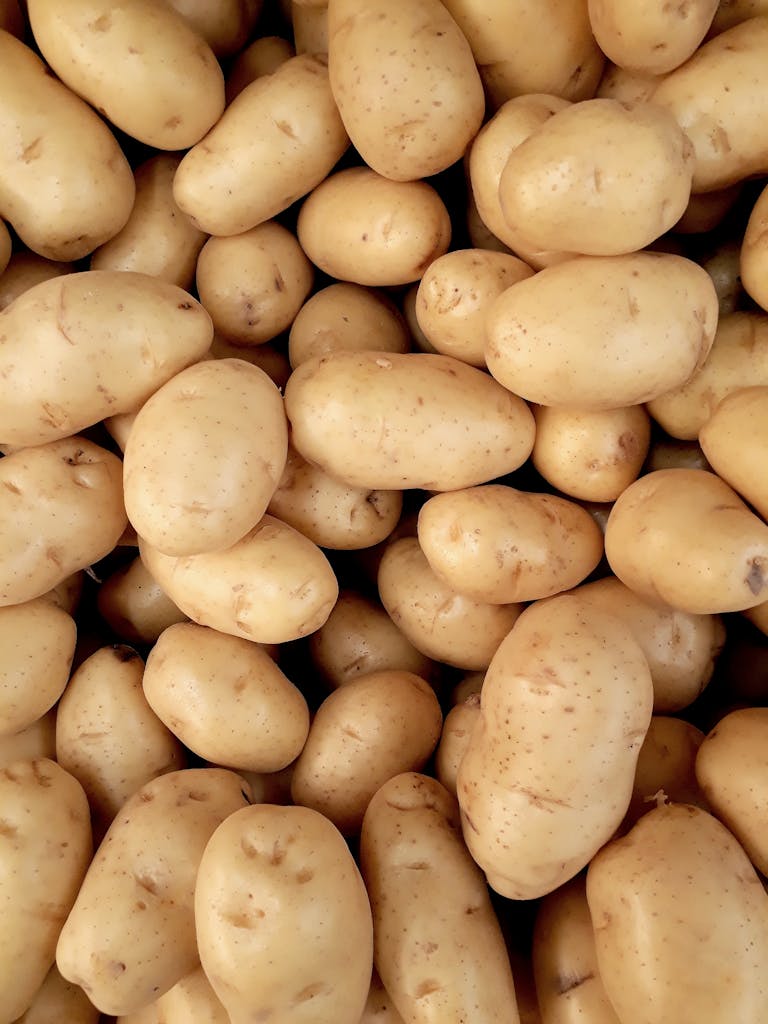How To Control White Moths In Garden: Protecting Your Cabbages This 2024
The adage “better safe than sorry” truly plays out in terms of warding off white moths from our gardens.
Surveying the fluttering invaders among your cabbages might elicit frustration; however, you’re far from defenseless. Let’s explore natural repellents and barriers that can safeguard your leafy greens from harsh chemicals.
Roll up your sleeves and prepare—the health of your garden depends on the knowledge and actions you’re about to take.
Key Takeaways
- Introduce parasitic wasps for natural control of cabbage worms.
- Use floating row covers as effective barriers against cabbage moths.
- Utilize Bacillus thuringiensis (Bt) to kill cabbage worms.
- Implement companion planting with herbs like thyme and dill to repel white moths.
Understanding the White Moth Species in Your Garden

To manage white moths effectively, understand the lifecycle of the pervasive white cabbage butterfly and identify its larvae, the cabbage worms. These butterflies lay eggs on the undersides of leaves, often choosing cabbage, broccoli, and kale.
Once hatched, the larvae, known as cabbage worms, feed voraciously on your plants. Regularly check your plants, especially the undersides of leaves, for these pests. Their presence can stunt plant growth and potentially ruin your crop.
Combat these invaders with natural predators like parasitic wasps, which can help keep cabbageworm populations in check by targeting their larvae.
Impact of Cabbage Moth Infestation on Your Garden

Recognizing the impact of a cabbage moth infestation is crucial. Cabbage worms in your garden cause significant damage, leaving holes in leaves and leading to severe defoliation. This can stunt plant growth and reduce yield, sometimes ruining the crop entirely.
Mitigate this threat by inspecting plants for eggs, handpicking offenders, introducing natural predators, and using biological pesticides. Using physical barriers like row covers can prevent adult moths from laying eggs in your garden, addressing the garden pest problem at its source.
Natural Methods to Control Cabbage Moths and Cabbage Worms

Outwit cabbage white butterflies in your garden with pest decoys, causing confusion and deterring the real pests. Employ floating row covers, which prevent moths from laying eggs on the leaves.
Bacillus thuringiensis (Bt), a naturally occurring soil bacterium, is lethal to larvae when ingested. Apply it according to product instructions for effective control.
For the preservation of a balanced ecosystem in your garden, introduce predators like parasitic wasps and grow herbs like thyme and dill to repel white cabbage moths and dispose of cabbage worms. These methods can minimize damage and secure a bountiful harvest.
Prevention and Management Tricks for White Moths in Your Garden

Preventative measures, such as using a floating row cover and introducing parasitic wasps, create an inhospitable environment for cabbage moths.
Employ neem oil as a natural pesticide and consider companion planting to deter moths. A trap crop can attract pests away from your cabbages, which can then be treated or removed.
Here’s a quick reference table:
| Strategy | Description |
|---|---|
| Floating Row Cover | A fabric barrier acts as an effective shield in the gardener’s combat against the white cabbage moth, preventing it from laying eggs. |
| Neem Oil | A natural pesticide that disrupts pests’ life cycles. |
| Companion Planting | Certain plants naturally deter garden pests. |
| Trap Crop | A sacrificial plant to attract pests away from the main crop. |
| Parasitic Wasps | Beneficial insects controlling moth larvae. |
Proactive Measures for a Pest-Free Garden

Regularly inspect your plants for early signs of cabbage worms and remove them promptly. Install floating row covers after planting and secure the edges to prevent moths from accessing your plants. Attract beneficial insects by planting a variety of flowers and herbs.
Regularly remove weeds and apply biological pesticides like Bacillus thuringiensis (Bt) against young larvae. These proactive measures promote a balanced ecosystem and safeguard your cabbages.
Conclusion
Armed with these strategies, tackle white moths with confidence. Stay vigilant with regular patrols and embrace natural defenses like row covers, pantry dustings, and fragrant herbs. Your attentiveness and dedication will result in a thriving, pest-free garden.
Happy gardening!
Frequently Asked Questions
How do white moths damage my garden?
White cabbage moths lay their eggs on the underside of leaves, and when the eggs hatch, the caterpillars (cabbage worms) feed on the leaves, creating holes with black spots and causing damage to the plants.
What are some natural methods to control white moths in garden settings?
Planting decoy crops, using a row cover, introducing beneficial insects like parasitic wasps, and practicing companion planting are effective natural methods for controlling white moths in the garden.
How can I protect my cabbages from white moths?
You can protect your cabbages from white moths by using a row cover to physically prevent the moths from laying their eggs on the plants.
How can I get rid of cabbage worms in my garden?
To get rid of cabbage worms, you can handpick them from the plants, introduce natural enemies like parasitic wasps, or use organic sprays containing bacillus thuringiensis (bt).
What are some companion plants that can help control white moths in the garden?
Companion plants like thyme, mint, and dill can help repel white moths while planting aromatic herbs and flowers can attract beneficial insects that prey on the moths and their larvae.







